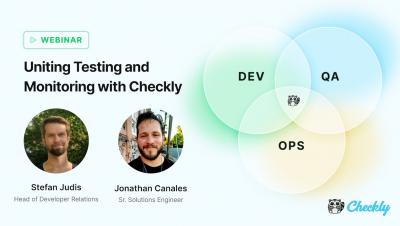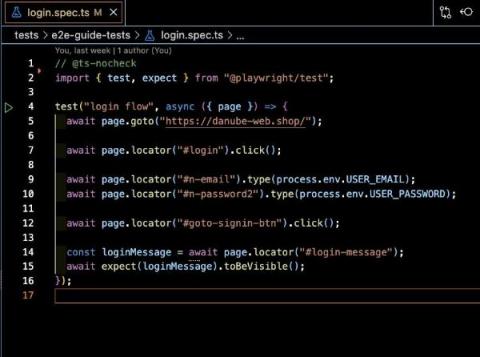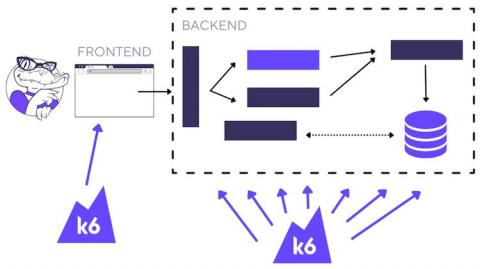Operations | Monitoring | ITSM | DevOps | Cloud
Testing
The latest News and Information on Software Testing and related technologies.
How to Set Downtime Alerts for your Website
Unite Testing and Monitoring with a Monitoring as Code Workflow, Enabled by the Checkly CLI
How Treating Testing and Monitoring as Separate Operations is Costing You Money
I’ll get right to the point: Not uniting testing and monitoring is costing you expensive engineering time, sales, and customer confidence. Below you’ll find an all too familiar scenario that outlines the problems of traditional testing and monitoring approaches and what the benefits are of a united approach to testing and monitoring through monitoring as code (MaC).
Frontend vs. backend: How to plan your performance testing strategy
There are many aspects of application performance, but they broadly fall into two categories: frontend performance and backend performance. As a tester, it’s important to know the differences between the two and how that impacts the way you approach your tests. In this blog, I’ll provide a high-level overview of frontend performance testing and backend performance testing, including pros and cons of each one.











